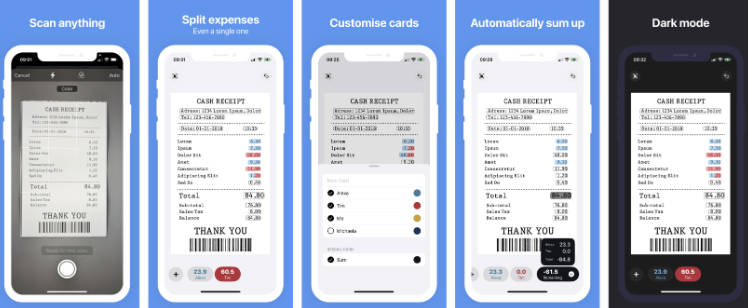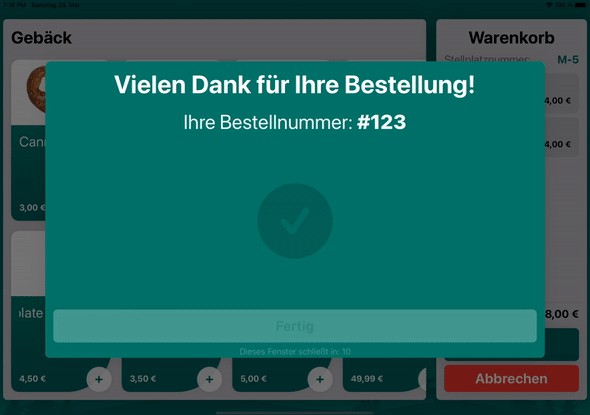Declarative UIKit Transitions
This project is a very basic attempt to recreate the basics of Airbnb’s internal declarative transition framework, as described in this Medium blog post by Cal Stephens (@calda) — it’s a really great read, I highly recommend checking it out first.
At its core, the code makes use of a generic UIViewControllerAnimatedTransitioning implementation to transition from one view controller to another.
The transitions are driven by a TransitionDefinition object, which is a typealias for a key-value mapping of a String to an AnimationType.
The AnimationType looks like this:
enum AnimationType {
case crossfade
case edgeTranslation(_ source: EdgeTranslationSource)
case sharedElement
case translateY(_ distance: CGFloat)
}
Views that would like to be involved in a view controller transition conform to Transitionable, which requires they provide a transitionIdentifier, which is just a String value to identify the element in the broader context of the transition, and optionally a custom snapshot implementation. If a custom implementation is not provided, the view is simply snapshotted using the native UIKit implementation.
In the project’s current state, there are 2 views that conform to Transitionable – CardView and TabView.
CardView has a custom snapshot implementation, since it is involved in a shared element transition in which it grows from its initial state to its final state. The custom implementation creates an actual copy of the view by reinstantiating it.
A simple snapshot of the view – essentially an image – would cause the card to appear stretched during the transition as its frame is animated.
TabView does not have a custom implementation since it simply moves in and doesn’t change size.
The AnimationController is provided with the TransitionDefinition and creates an IdentifierHierarchy for the source and destination views. This basic implementation doesn’t really create a hierarchy, but rather a flat array of Identifier objects by traversing both view hierarchies and looking for Transitionable views.
The hierarchies are then diffed, resulting in an IdentifierDiff object which holds the insertions, removals, and shared identifiers between the 2 hierarchies.
For each set of identifiers, the animations are determined by switching on the Identifier object’s desired AnimationType.
Then, there are 3 separate implementations of a Transition protocol – EdgeTranslationTransition, SharedElementTransition, and TranslateYTransition – which will create the animations and any necessary completion cleanup for the particular AnimationType.
The animations are added as key frames within a standard UIView.animate block and executed to completion.





